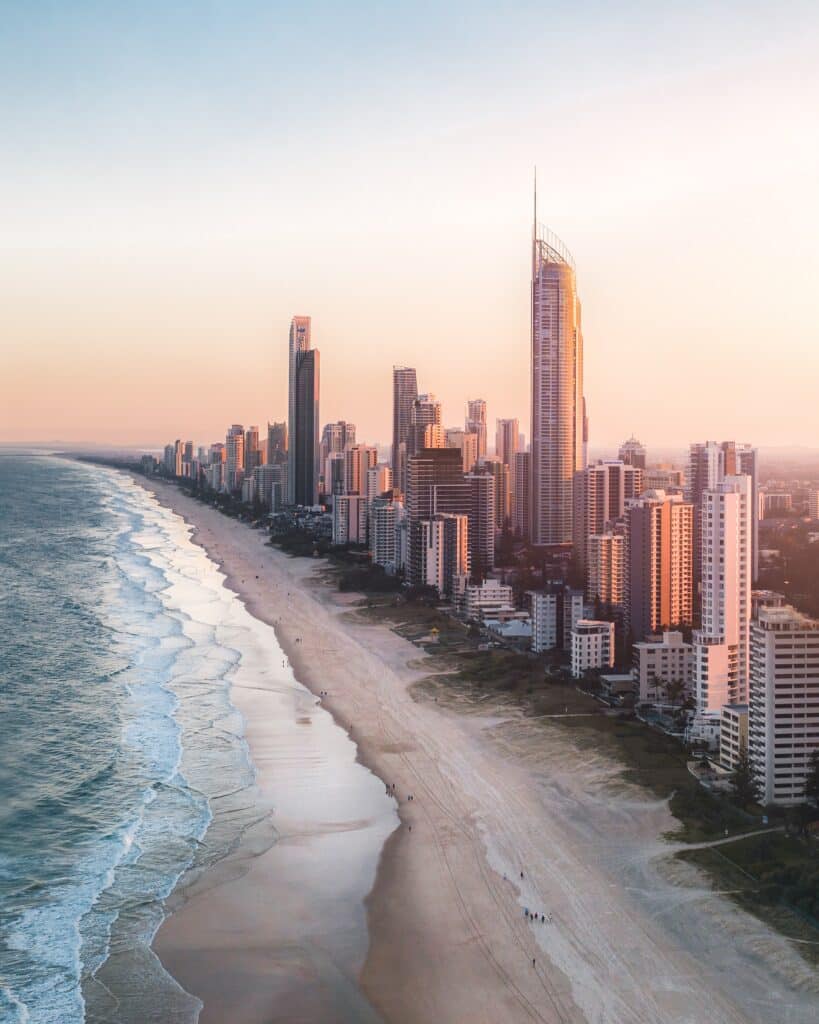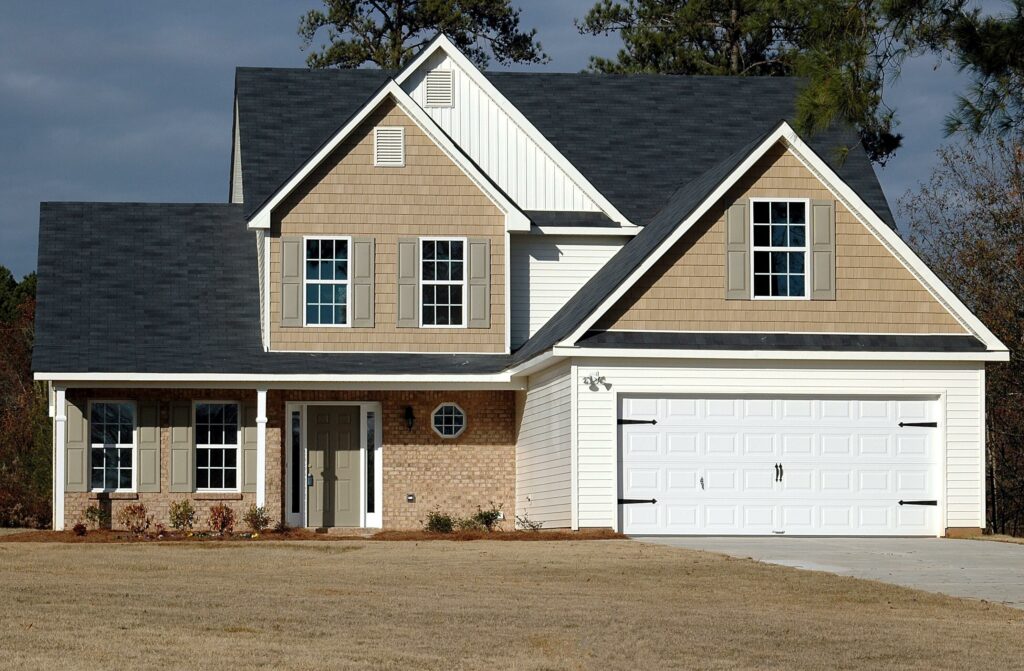Australia’s Housing Market Set for Record High Despite Increasing Distressed Sales

The Australian housing market is projected to experience record highs in the 2023-24 financial year, according to a Domain Forecast Report. Meanwhile, rising interest rates are leading to an increasing number of forced property sales in Sydney’s outer suburbs, as reported by property data group Domain.
The housing market in Australia is set for an unprecedented high despite a turbulent financial year, as highlighted in Hannah Dervisevic’s piece “How will Australia’s housing market fare over the 2023-24 financial year?”. Dr Nicola Powell, Domain’s Chief of Research and Economics, suggests that a combination of factors, such as “population pressures, headwinds in the construction industry and unseasonably weak listings”, are driving housing demand and property prices higher over the coming year.
While property prices have already defied expectations, rising 1.2% in May 2023, which is the strongest monthly increase since November 2021, affordability constraints due to rapidly rising interest rates and ongoing mortgage serviceability challenges are expected to slow the pace of growth.
Particularly strong gains are expected in the combined capitals, including Sydney, Adelaide, and Hobart. Sydney house prices are expected to grow by 6-9% within the next financial year, with the median house price predicted to fall between $1.62 million and $1.66 million. Meanwhile, Adelaide and Hobart house prices are forecasted to grow between 2-5% and 3-5% respectively.
In the midst of the forecasted growth, an article by The Guardian reporters, Peter Hannan, and Nick Evershed, “Forced property sales on the rise in outer Sydney as interest rate hikes start to bite”, highlights an emerging trend of distressed property sales in Sydney’s outer suburbs, with an increase from 4% in May 2022 to 9.8% last month.
Distressed sales, characterized by terms such as “mortgage repossessed”, “urgent sale”, and “price reduced” in property descriptions, remain low at 2.8% across the capital cities. However, as interest rates continue to rise and about 900,000 households transition from low fixed rates to higher variable ones, the situation is likely to worsen.
Dr Powell warned that these signs of distress, particularly noticeable in Sydney, could become more widespread if the unemployment rate rises as predicted by the Treasury and the Reserve Bank of Australia. If this happens, she said, “more people can be expected to struggle to meet debt repayments and some will become forced sellers”.
In conclusion, Australia’s housing market is set for strong growth over the next financial year, driven largely by population pressures and a tight housing supply. Yet, rising interest rates and economic stressors could lead to an increase in distressed property sales, particularly in Sydney’s outer suburbs.
While both of these trends present different aspects of Australia’s complex housing market, they underscore the need to balance economic growth with the vulnerabilities of homeowners and potential buyers, particularly amidst rising interest rates.
References:
How will Australia’s housing market fare over the 2023-24 financial year? By Hannah Dervisevic https://www.savings.com.au/news/domain-housing-market-forecast
Forced property sales on the rise in outer Sydney as interest rate hikes start to bite. By Peter Hannan and Nick Evershed https://www.theguardian.com/australia-news/2023/jun/23/forced-property-sales-on-the-rise-in-outer-sydney-as-interest-rate-rises-start-to-bite






Responses